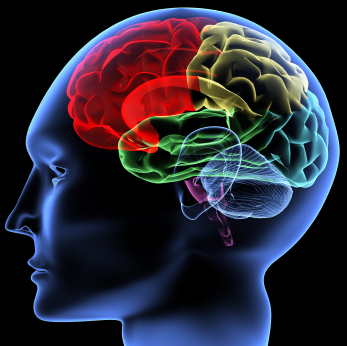The ARF recently completed a brilliantly designed project called Neuro 2 to understand the contribution of various ways to measure emotion which was presented by Horst Stipp of the ARF at its recent Audience Measurement conference. While one might have thought that you need  neuro research (fMRI, biometrics, etc.) to get at the emotional mechanisms of how advertising produces brand impact, the big news (for me) is this…
neuro research (fMRI, biometrics, etc.) to get at the emotional mechanisms of how advertising produces brand impact, the big news (for me) is this…
- Mostly, traditional, survey-based copy testing methods work quite well at predicting the sales impact of different advertising campaigns.
- Neuro marketing research methods are weakly related to traditional testing methods suggesting they DO capture something different from what questioning gets at
- Neuro methods add some learning and predictiveness when used in conjunction with traditional methods
Why would traditional methods work so well? Either much of shopping involves cognitive processes as well as emotion (as I suspected) or people are actually pretty good analysts of their own emotions. To understand this better, I interviewed a spokesperson for the ARF.
Here is my interview with the ARF regarding the Neuro 2 project and its findings about when neuro marketing research methods add incremental learning.
Joel: Can you briefly describe the Neuro 2 experiment?
ARF: This the first study of its kind to compare and combine neuro approaches and traditional copy testing approaches. The project built on “Neuro 1” and was designed to answer the question: can neuromarketing methods predict ad success better than the traditional copy evaluation methods?
The Advertising Research Foundation recognized early on that this is a new and complex landscape. We’re uniquely positioned to conduct a study like this to address an important industry issue that lies beyond the resources and research capabilities of most individual advertisers.
So we took the initiative and convened experts from Temple University, NYU and seven advertiser sponsors, across many industries, to re-test 37 commercials with five methods and 48 different measures, from traditional to various “neuro” approaches. We also reviewed relevant sales data to get straight to the bottom on which approach best predicts sales volume. To our knowledge, this is not only the first large-scale study to compare “traditional” and biometric and neurological methods, but also the first to rank approaches based on their ability to drive sales.
Joel: It appears that survey-based approaches work best but that certain classes of neuro-marketing research can add value in certain situations. Is this accurate?
ARF: The findings show that “traditional,” survey-type methods predict the sales impact of the commercials in the marketplace quite well. Similarly, neurological and biometric methods can be predictive. The bottom line is that traditional and neuro methods together work better than using only traditional or only neuro methods alone.
Joel: Were you surprised by these results? Are people able to access their emotions in a survey or is the role of emotions at advertising effectiveness overblown? Were there any neuro-marketing research methods that stood out from the others?
ARF: Since no one had conducted a major study like this before, we had no idea how this would come out. Our reading of the findings suggests this: in most cases, advertising success depends on a variety of factors – attention and involvement, cognition (such as understanding the message), and emotion. “Traditional” measures are effective at capturing these factors, except for emotion. As we saw in “Neuro 1” there is good evidence that neurological measures do a better job measuring emotions. That would explain why adding neuro measures to a traditional test improves predictive power. We further found that fMRI – which most scientists agree is good at measuring emotions – had the best predictive power in the analysis of neurological measures analyzed thus far.
Finally, it’s worth adding that this research focuses on predicting the sales impact of specific commercials. When it comes to building brand value and loyalty long-term, the role of emotions is even more crucial.
Joel: Based on the neuro 2 experiment results, please give me a use case where survey based methods for testing advertising copy are sufficient and another use case where you would add in some form or neuro or biometric research. What would this second research study look like?
ARF: The findings suggest that when the ad creative is focused on eliciting emotions, adding neurological and biometric measures is well-advised. When the copy is focused on product features and “information,” adding such measures may be less important, but it won’t hurt. And the bigger the brand and the more money at stake, the more important it is to take advantage of the insights that are likely to result from adding biometric and neuro measures.

